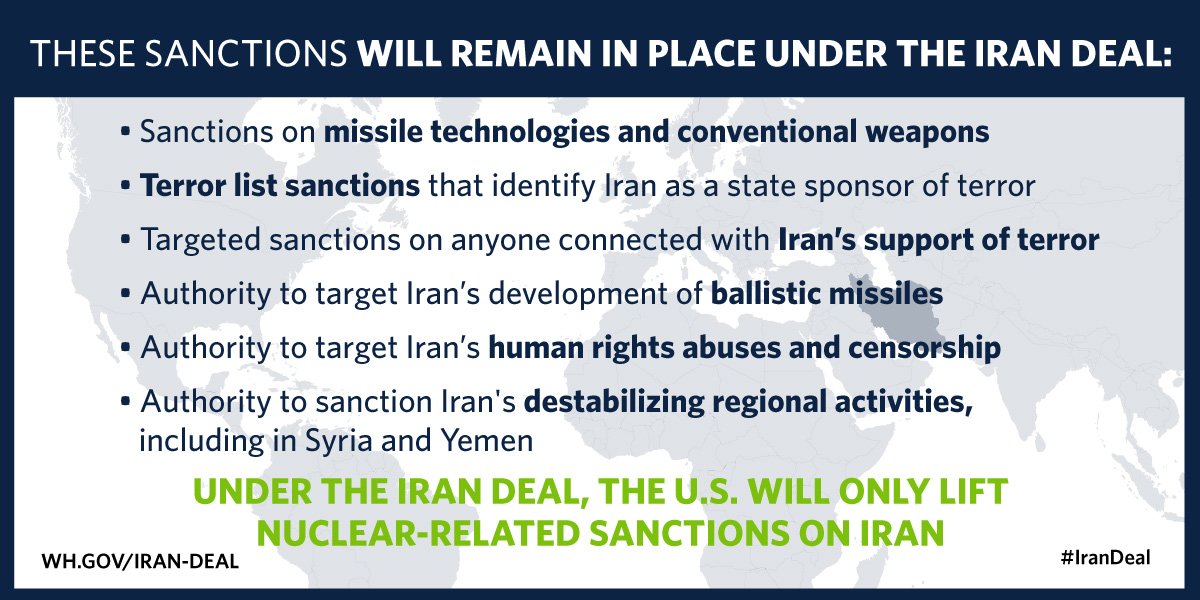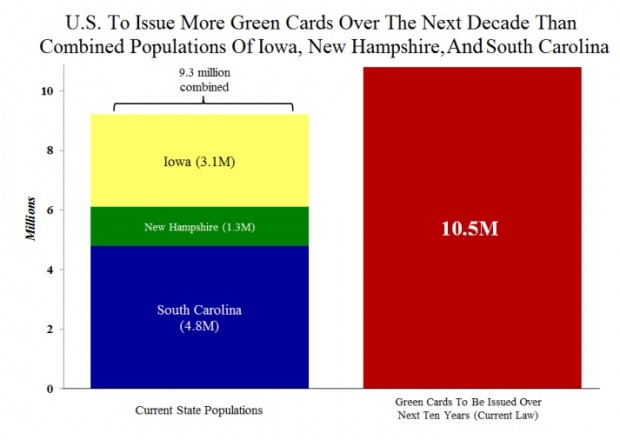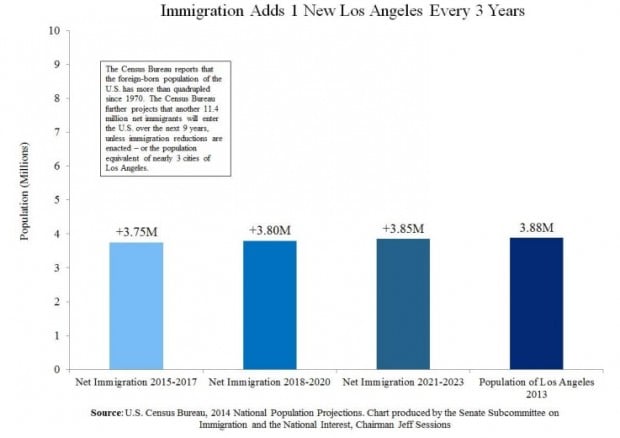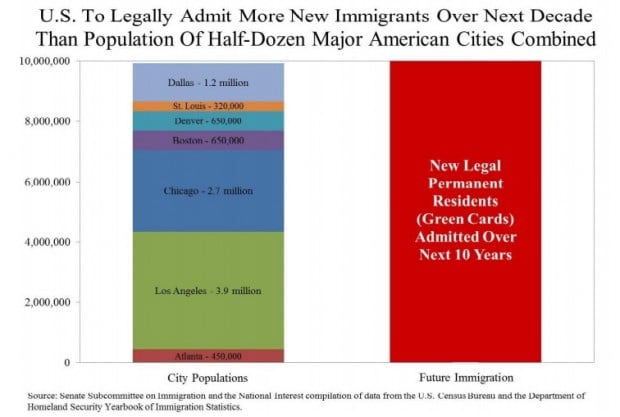Hillary’s fingerprints are all over this and it is likely the biggest betrayal to the families and the U.S. taxpayers yet. The shame never ends.
EXCLUSIVE: U.S. TAXPAYERS, NOT TEHRAN, COMPENSATED VICTIMS OF IRANIAN ATTACKS AGAINST AMERICANS
BY JONATHAN BRODER
Newsweek: A little-noticed side agreement to the Iran nuclear deal has unexpectedly reopened painful wounds for the families of more than a dozen Americans attacked or held hostage by Iranian proxies in recent decades. U.S. officials, the families say, insisted that Tehran would pay for financing or directing the attacks, but American taxpayers wound up paying instead.
The agreement, which resolved a long-running financial dispute with Iran, involved the return of $400 million in Iranian funds that the U.S. seized after the 1979 Islamic revolution, plus another $1.3 billion in interest. Announced on January 17—the same day the two countries implemented the nuclear deal and carried out a prisoner swap—President Barack Obama presented the side agreement as a bargain for the United States, noting that a claims tribunal in the Hague could have awarded Iran a much larger judgment. “For the United States, this settlement saved us billions of dollars that could have been pursued by Iran,” Obama said.
But for the victims, the side deal is a betrayal, not a bargain. In 2000, the Clinton administration agreed to pay the $400 million to more than a dozen Americans who had won judgments against Iran in U.S. courts. At the time, American officials assured the victims that the Treasury would be reimbursed from the seized Iranian funds. That same year, Congress passed a law empowering the president to get the money from Iran. “We all believed that Iran would pay our damages, not U.S. taxpayers,” says Stephen Flatow, a New Jersey real estate lawyer who received $24 million for the death of his 19-year-old daughter in a 1995 bus bombing in the Gaza Strip. “And now, 15 years later, we find out that they never deducted the money from the account. It makes me nauseous. The Iranians aren’t paying a cent.”
Flatow’s cohorts agree. They include the families and survivors of some of the most high-profile foreign attacks against Americans in recent decades. Among them: five former Beirut hostages whom the Iran-backed Islamist group Hezbollah held for years during the 1980s; the wife of U.S. Marine Colonel William Higgins, whom Hezbollah kidnapped in 1988, before torturing and hanging him; the family of Navy diver Robert Stethem, whom an Iranian-backed group murdered in Beirut during the 1985 hijacking of a TWA airliner; and a family whose daughter was killed in a Hamas bus bombing in Jerusalem in 1996.
Stuart Eizenstat, a deputy Treasury secretary in the Clinton administration who helped negotiate the settlement, admits he never told the victims and their families the truth about the money. Unbeknownst to the victims and their lawyers, he says, Tehran had filed a claim with the U.S.-Iran tribunal in the Hague over the funds. “We didn’t have the full freedom to say we’re just going to take the $400 million because that money was now part of a formal claim,” Eizenstat says.
What’s further angered the victims and their families: A senior Iranian military official now claims the $1.7 billion is effectively a ransom for the five American hostages Tehran released in January. “This money was returned for the freedom of the U.S. spies, and it was not related to the nuclear negotiations,” Brigadier General Mohammad Reza Naqdi said Wednesday, according to the state-run Fars News Agency. The Obama administration denies any link between the prisoners and the $1.7 billion. But Republicans, already fuming over the nuclear deal, are now calling for an inquiry. “It’s bad enough the administration is giving Iran over $100 billion in direct sanctions relief, resumed oil sales and new international trade,” says Republican Senator Mark Kirk of Illinois. “But now it’s using U.S. taxpayer money to pay the world’s biggest state sponsor of terrorism a $1.7 billion ‘settlement.’”
Administration officials are trying to play down the deal, noting it follows a 2000 law that created the compensation mechanism for the victims and their families. One official, speaking on the condition of anonymity in accordance with State Department protocol, says the law only required the U.S. government, acting in place of the victims, to deal with their damage claims “to the satisfaction of the United States, which was the case with this settlement.” A major reason the U.S. was satisfied: The U.S. and Iran disagreed over whether the $400 million should have been placed in an interest-bearing account in 1979. “We reached this settlement on interest,” the official says, “to avoid significant potential exposure we faced at the tribunal on that question.”
But the revelation that Iran never paid the money has hit some of the families hard. They’ve lost the feeling that some measure of justice was served. “I feel like a schnorrer,” says Flatow, using the Yiddish term for a mooch, because U.S. taxpayers, not Iran, paid his damages. Other victims say they’re bothered by the administration’s reluctance to discuss the details of the side deal. It’s brought back memories from 20 years ago, when the victims won their judgments against Iran in U.S. courts, only to find themselves blocked at every turn by the Clinton administration. “There are limited ways to react to your child getting murdered,” says Leonard Eisenfeld, a Connecticut doctor whose son was killed in the 1996 bus bombing in Jerusalem. “Creating a financial deterrent to prevent Iran from more terrorism was one way, but we had to struggle very hard to do that.”
In a series of legal challenges, Clinton administration officials identified $20 million in Iranian assets in America. Among them: Tehran’s Washington embassy and several consulates around the country. But in arguments that sometimes echoed Tehran’s concerns, the officials maintained that attaching those assets to pay even a small portion the victims’ damages would violate U.S. obligations to respect the sovereign immunity of other countries’ diplomatic property.
Though their arguments succeeded in court, the optics were bad. The case caught the attention of the media and Congress, where many lawmakers openly supported the victims. The contours of a settlement began to emerge when lawyers for some of the victims, acting on a tip from a sympathizer inside the administration, located the $400 million in Iranian funds languishing in a foreign military sales (FMS) account at the Treasury. The money came from payments made by the shah for U.S. military equipment that was never delivered after the Iranian leader was overthrown in 1979. After several more clashes with the administration over the funds, first lady Hillary Clinton stepped in at a time when the bitter battles could have hurt her with Jewish voters in her 2000 bid for a New York Senate seat. She persuaded her husband to appoint Jacob Lew, director of the White House Office of Management and Budget, to negotiate a settlement that would utilize the frozen Iranian funds.
That same year, Congress passed the legislation that paved the way for an agreement. The legislation required the Treasury to pay the $400 million in damages and empowered the president to seek reimbursement from Iran. Flatow, who had insisted the payments come directly from the Iranian account, recalls his negotiations with Lew. “I said, ‘Jack, where’s the money coming from? Is it coming from the foreign military sales account?’ And he said, ‘No, Steve. All checks that the United States of America writes come from the United States Treasury. But the statute says that we have the right to offset any payments we make against that FMS money.’ So I said, ‘OK, it’s not what I was hoping for, but it’s a settlement.’ We got paid in 2001. And we all believed that the government would reimburse itself from Iran’s foreign military sales account.”
Lew, now Obama’s Treasury secretary, declined to comment, as did former officials from the George W. Bush administration, which also never reimbursed the Treasury from the Iran weapons account.In retrospect, Eizenstat, the former deputy Treasury secretary, says it was a mistake to pay the judgments against Iran using U.S. funds with no financial consequences for Tehran. The payments have made Flatow, Eisenfeld and the others the only victims of Iranian attacks to receive compensation. That is expected to change this year now that Congress has established a $1 billion fund to begin paying other notable victims of Iranian attacks, including the Tehran embassy hostages and survivors of the 1983 bombings of the U.S. Embassy and the Marine barracks in Beirut. This time, however, the money for their damage judgments will come not from U.S. taxpayers but from fines collected from a French bank that laundered billions for Iran.
For Flatow and others like him, that’s little consolation. In the agreement, he notes, “there wasn’t a single sentence, not a single word that would ameliorate the pain of people who lost their loved ones. That’s very hurtful.”





